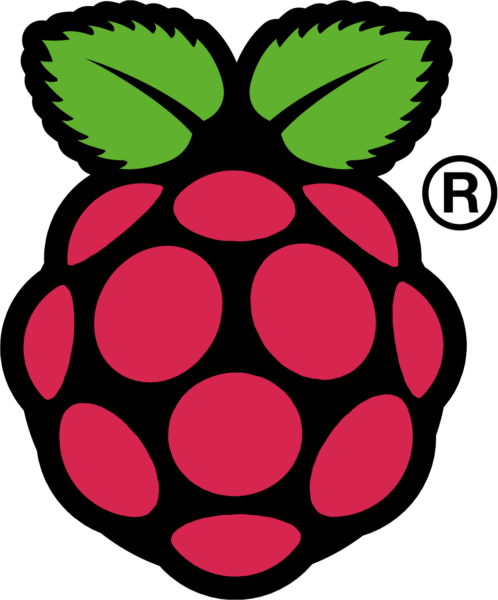Installing Giocoso on Pop_OS!
1.0 Introduction
I am not generally a fan of any product which takes English punctuation lightly... and Pop_OS! has got both an underscore and an exclamation mark too many for my tastes! Nevertheless, this is a respectable, Ubuntu-based distro made by laptop manufacturer System76 as their 'in-house' distro: buy one of their laptops, this is the distro that will be installed on it by default. As is traditional in the open source world, however, that which was intended for in-house use has also been made freely downloadable for anyone else to install on their own hardware: and given that it is currently sitting in 5th position on the Distrowatch page hit list, it would seem quite a lot of people have taken them up on their generous offer! There is even a version tailored specifically for installation on the Raspberry Pi, though I haven't tested Giocoso on that particular hardware/software combo, I hasten to add: this article is strictly about Giocoso on Pop_OS! running on 'standard' PC hardware.
PopOS (I refuse to use the underscore or exclamation mark from this point forward) is readily available for download at the System76 website. Two mainstream versions are provided: one with nvdia proprietary graphics drivers and one without, called the 'LTS' version. I used that latter version for this documentation. PopOS ships with a modified version of the Gnome desktop, about which you don't have much choice, though you can of course bolt on other desktop environments or window managers after initial OS installation by merely installing the relevant packages (such as KDE). Here, however, I'm using only what came in the tin! [...]










